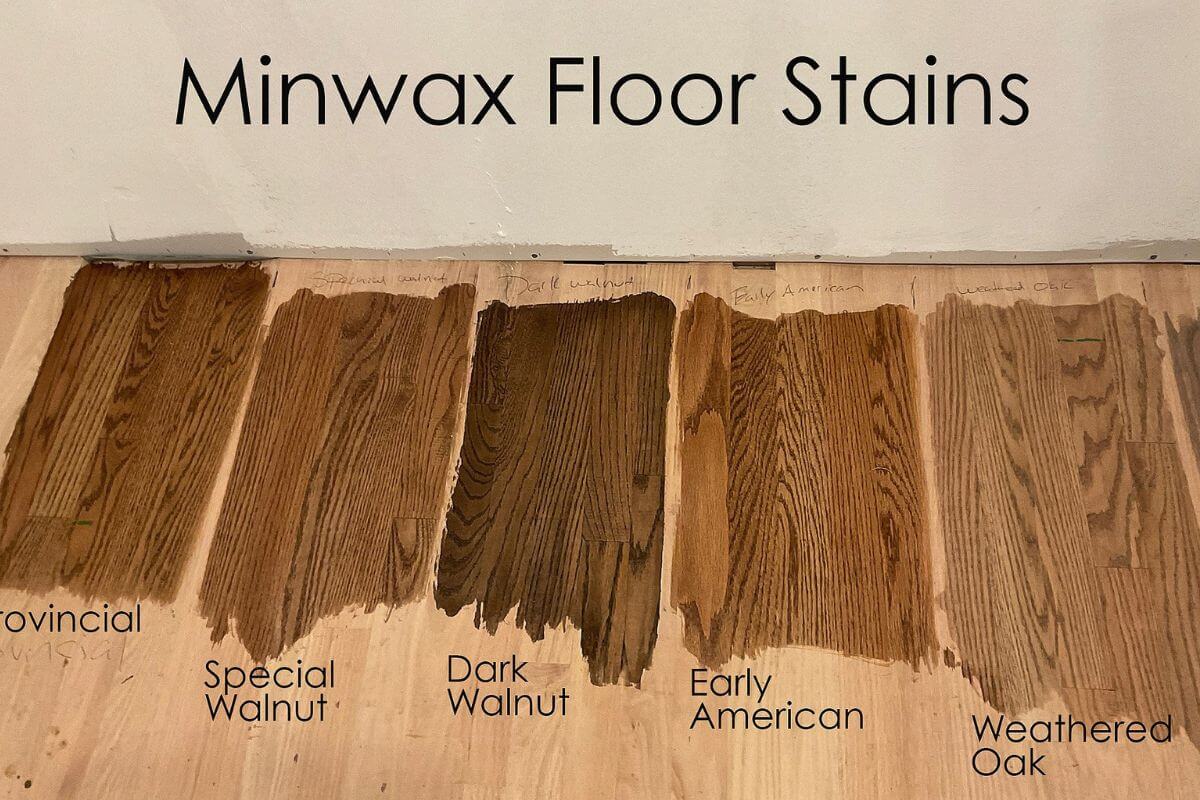When it comes to enhancing the beauty of wood surfaces, choosing the right stain can make all the difference. Two popular stain options in the world of woodworking are Early American and Provincial stains. Each stain offers a unique character and finish, making it essential to understand the differences between the two. In this article, we will compare Early American vs. Provincial stains to help you make an informed decision for your woodworking project.
1. Introduction
Staining wood is a popular method to highlight its natural beauty while protecting it from wear and tear. Early American and Provincial stains are well-known choices among woodworkers and DIY enthusiasts. In this article, we’ll explore the characteristics and best uses of these two stains, helping you choose the perfect finish for your woodworking project.
2. Understanding Early American Stain
2.1 What is Early American Stain?
Early American stain is a classic wood finish known for its warm and rustic appearance. It’s a medium to dark brown stain that adds depth and character to wood surfaces. It’s often used to create a timeless and traditional look.

2.2 Characteristics of Early American Stain
- Color: Early American stain imparts a rich, reddish-brown color to wood.
- Transparency: It has a semi-transparent quality, allowing the wood grain to show through.
- Warmth: Early American stain provides a warm and inviting ambiance to wood surfaces.
2.3 Best Uses for Early American Stain
- Antique Furniture: It’s commonly used on antique furniture pieces to restore and maintain their classic appearance.
- Cabinetry: Early American stain is ideal for kitchen and bathroom cabinets, adding a cozy and timeless feel to the space.
- Hardwood Floors: It’s a popular choice for hardwood floors, giving them a warm and inviting look.
3. Exploring Provincial Stain
3.1 What is Provincial Stain?
Provincial stain is a versatile wood finish known for its medium to dark brown color. It strikes a balance between enhancing the natural wood grain and providing a consistent finish. Provincial stain is a classic choice for a variety of woodworking projects.
3.2 Characteristics of Provincial Stain
- Color: Provincial stain offers a medium to dark brown hue with slightly cooler undertones compared to Early American.
- Transparency: It provides moderate transparency, allowing the wood’s character to shine while delivering a uniform finish.
- Versatility: Provincial stain is suitable for a wide range of wood types and applications.
3.3 Best Uses for Provincial Stain
- Flooring: Provincial stain is a popular choice for hardwood floors due to its ability to complement various interior styles.
- Furniture: It works well on furniture pieces, offering an elegant and timeless appearance.
- Molding and Trim: Provincial stain is often used on molding and trim work to achieve a classic look.
4. Comparing Early American and Provincial Stains
4.1 Color and Tone
Early American stain leans towards a warm, reddish-brown tone, while Provincial stain has a slightly cooler, medium to dark brown color. The choice between the two depends on your preference for warmth and undertones.
4.2 Wood Grain Enhancement
Both stains allow the wood grain to show through, but Early American stain may accentuate the grain slightly more due to its warmer color. Provincial stain offers a balanced enhancement of the wood grain.
4.3 Style and Aesthetic
Early American stain imparts a rustic and traditional feel, making it suitable for antique or classic design aesthetics. Provincial stain, with its versatility and timeless appeal, can complement a broader range of interior styles.
5. Which Option Is Right for You?
The choice between Early American and Provincial stains depends on your project’s specific requirements and your personal style preferences. If you seek a warmer, more traditional look, Early American stain is an excellent choice. For a versatile, classic appearance that complements various design styles, Provincial stain is a reliable option.
6. Application and Tips
- Always test your chosen stain on a small, inconspicuous area of your wood project to ensure it achieves the desired color and effect.
- Follow the manufacturer’s instructions for proper stain application, including sanding and conditioning the wood.
- Consider the wood type and grain pattern when selecting between Early American and Provincial stains for the best results.
7. Maintenance and Care
To maintain the beauty of stained wood surfaces, regularly clean them with a mild wood cleaner and protect them from direct sunlight and moisture. Proper maintenance can extend the life of your woodworking projects.
8. Conclusion
In the Early American vs. Provincial stain debate, both options offer unique characteristics and aesthetics. Your decision should align with your project’s style, the wood’s natural attributes, and your personal taste. Whether you choose the warmth of Early American or the versatility of Provincial, a well-applied stain can transform your wood surfaces into timeless pieces of craftsmanship.
9. FAQs
1. Can I mix Early American and Provincial stains for a custom look?
- Yes, you can experiment with mixing stains to achieve a custom color and tone. However, it’s advisable to test the blend on a sample piece of wood first to ensure it meets your expectations.
2. Which stain is better for outdoor projects, like decks or fences?
- Neither Early American nor Provincial stains are typically recommended for outdoor use. For exterior wood surfaces, consider using a specialized outdoor wood finish or stain.
3. Can I apply Early American or Provincial stain over an existing finish?
- Stains are generally intended for unfinished wood or wood with an existing stain. Applying stain over an existing finish may not yield the desired results, and the old finish may need to be removed before staining.
4. Are there any eco-friendly options for Early American or Provincial stains?
- Yes, there are eco-friendly and low-VOC (volatile organic compounds) stain options available. Look for products labeled as environmentally friendly or low-VOC if you prefer a more sustainable choice.



